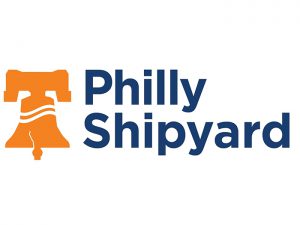
Philly Shipyard sees record breaking 2017 … but not 2018
NOVEMBER 3, 2017 — Philly Shipyard ASA reports third quarter results for the third quarter and first nine months of 2017 that included net income of $17.1 million for the quarter and$36.5

NOVEMBER 3, 2017 — Philly Shipyard ASA reports third quarter results for the third quarter and first nine months of 2017 that included net income of $17.1 million for the quarter and$36.5
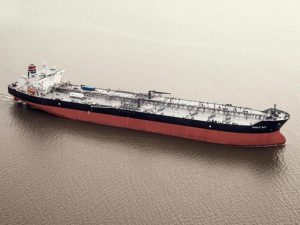
NOVEMBER 1, 2017 — Crowley Alaska Tankers, LLC, announced today that it has signed an agreement, subject to regulatory approval, to purchase three tankers from SeaRiver Maritime Inc., and charter them back
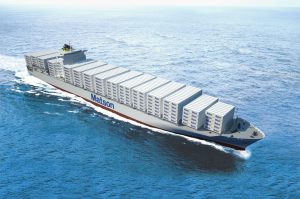
AUGUST 23, 2017 — Matson, Inc. (NYSE: MATX) reports that a subsidiary of Matson Navigation Company, Inc. has signed contracts with Paceco Corporation for the purchase of three new 65 long-ton capacity
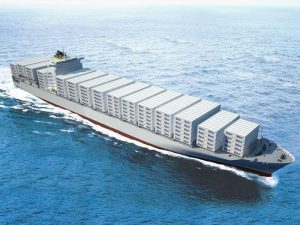
AUGUST 17, 2017 — Saltchuk company TOTE has emerged as the hitherto unnamed “blue chip U.S. shipping operating company” with a letter of intent (LOI) to build up to four advanced new
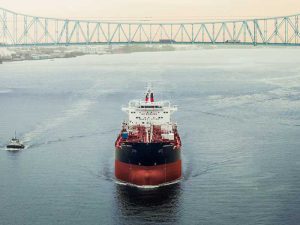
JULY 27, 2017 —Philly Shipyard, Inc. yesterday delivered the American Liberty, the third of four next generation 50,000 dwt product tankers that it is building for Kinder Morgan, Inc. subsidiary American Petroleum
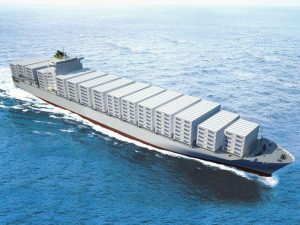
JUNE 8, 2017 — Philly Shipyard, Inc. (PSI), a wholly-owned subsidiary of Philly Shipyard ASA (Oslo: PHLY), says that it has initiated construction of up to four new, cost-effective and environmentally friendly containerships
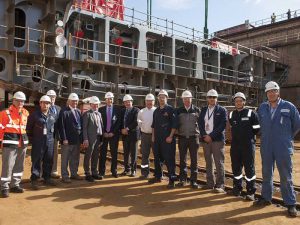
MAY 4, 2017 — Philly Shipyard, Inc, and Matson, Inc. (NYSE: MATX), today marked a milestone in the construction of the first of two new 850-ft long, 3,600 TEU, “Aloha Class” containerships
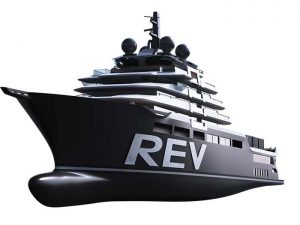
APRIL 2, 2017 — Vard Holdings has received a contract for the design and construction of a 181.6 m Research Expedition Vessel for Rosellinis Four-10. Rosellinis Four-10 is wholly-owned by the Norwegian
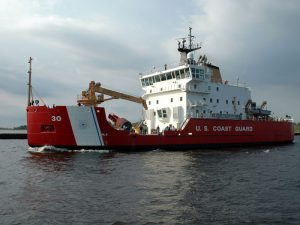
APRIL 6, 2017—Philly Shipyard, Philadelphia, PA, is teaming with Fincantieri Marine Group (FMG) to compete for the detail design and construction of the next generation heavy polar icebreaker for the United States
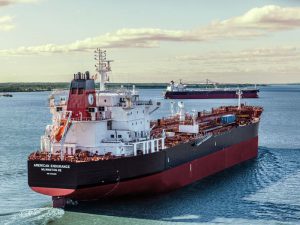
JANUARY 13, 2017—Keel layings have always been important milestones in a ship’s life. In a way, it signifies a vessel’s birth. While the keel no longer refers to the wooden “backbone” of